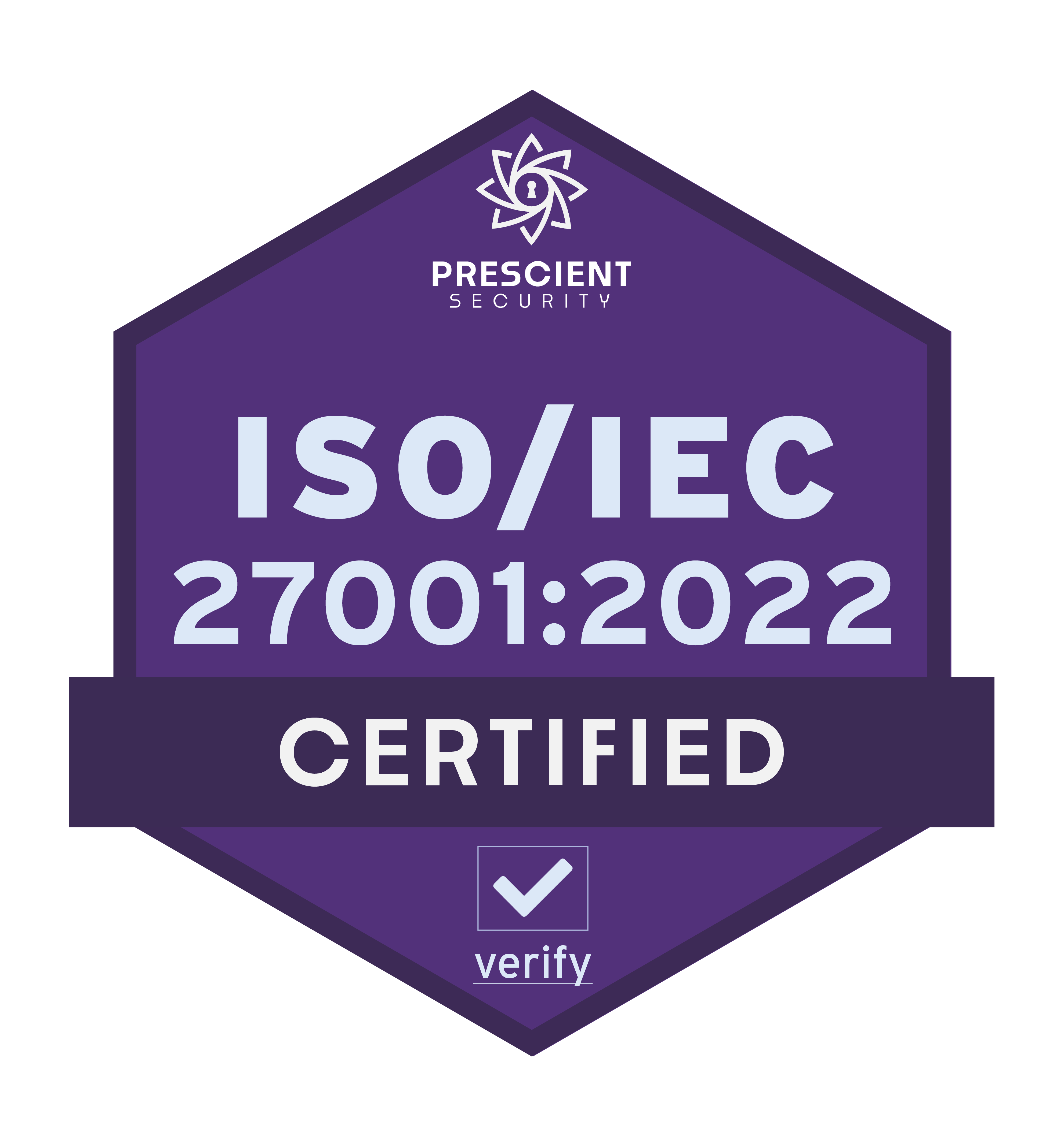IT Service Management Multi-channel Customer Support - Cloud
Features of Email This Issue you can try in this demo
- Multi-channel Customer Support: Create requests from incoming emails beyond the out-of-the-box Jira Service Management Customer Portal
- Extract information from incoming emails and save it to system and custom fields
- Adding comments from incoming emails to existing requests
- Automated execution of transitions upon incoming email processing
- Automated notification sending using custom email templates, based on issue events
Detailed IT Service Management solution use case description
An imaginary company operates a multi-channel customer service system to process and resolve support requests opened by its customers.
Customers can contact the Customer Support Team with three types of inquiries:
- Technical error requests
- Pricing and licensing issues
- General inquiries
There are two ways to submit requests to the Customer Support Team:
- Through the corporate Customer Portal (provided by Jira Service Management)
- Via email requests (provided by Email This Issue)
- For emailed requests, the company receives incoming emails from two separate email addresses: one email address (mcsdemo.technical@metastage.net) is used individually for Technical error requests, another one (mcsdemo.other@gmail.com) is used for Pricing and licensing issues as well as for General inquiries
The company operates an open Customer Service, anyone can create a user account for themselves through the corporate Customer Portal in order to submit a request with the company. In the case of email inquiries, a user account is created automatically for the sender and any additional recipients who are among the recipients of the initial email or at a later point in the correspondence.
In addition to the summary and detailed description of the problem, Customers are asked to provide the following details about their case when creating the request in the body of their email:
In case of Technical error requests:
- Product code, the format of which is always: PRODNRXXXXX, where XXXXX is a five-digit number sequence, e.g. PRODNR12345
- Serial number, the format of which is always: PRODSNXXXXX, where XXXXX is a five-digit number sequence, e.g. PRODSN67890
In case of Pricing and Licensing issues:
- Account number, always in the format INVXXXXX, where XXXXX is a five-digit number sequence, e.g. INV12345
The company’s Customer Service staff always communicates with Customers through public comments and Customers will receive email notifications on public comments added by a Customer Service staff member.
Also, automated notifications are sent to Customers upon creating and resolving their requests.
To make the life of the staff easier, responses from customers (which are, of course, added to the open case as a public comment) will transition the case back to "Under Investigation" status.
If a new comment is added to an already resolved request, it will be reopened and transitioned to the "Request Received" status.
1.) Log in to the demo environment as a Customer Service staff member (you will be given Agent rights in the Multi Channel Support (MCS) Project)
- Log-in details are as follows:
- E-mail address: mcsdemo.agent@gmail.com
- Password: mcs_demoagent
2.) Let's now open a 'Technical error request' by email as a Customer
- Send an email to mcsdemo.technical@metastage.net using a dummy email account and do not forget to add a Product code and a Serial number to the body of your email!
3.) As a Customer Service Agent, within a minute or two, you will see the request that has been opened based on the email sent in the "Open support issues" queue in the Multi Channel Support (MCS) Project. At the same time, a customized notification is sent back to the Customer.
- Opening the newly created request, you will see that the Product code and the Serial number are automatically extracted from the incoming email's body and saved into their respective custom fields, 'Serial code' and 'Item code'. Run the "Investigate" transition to get started working on the case.
4.) As an Agent, leave a public comment in the request. Besides displaying the comment on the respective Customer Portal, a customized email notification is also sent to the customer.
5.) Transition the request to "Waiting for Customer" status by triggering the "Respond to Customer" transition
6.) As a Customer, reply back to the Agent's comment via email
- Soon, the reply email sent by the Customer is added as a public comment to the request
- Upon receiving the Customer's reply, the request is automatically transitioned back to the "Under investigation" status
7.) As an Agent, resolve the request and set the resolution to "Done"
- The request is now successfully resolved
- A notification is sent to the Customer letting them know the Resolution of the request.
8.) As a Customer, reply back to the Request Resolved notification
- The Customer's reply will be added as a public comment to the request
- The comment will trigger the "Reopen" transition automatically so that the status of the request will become "Request Received" again



